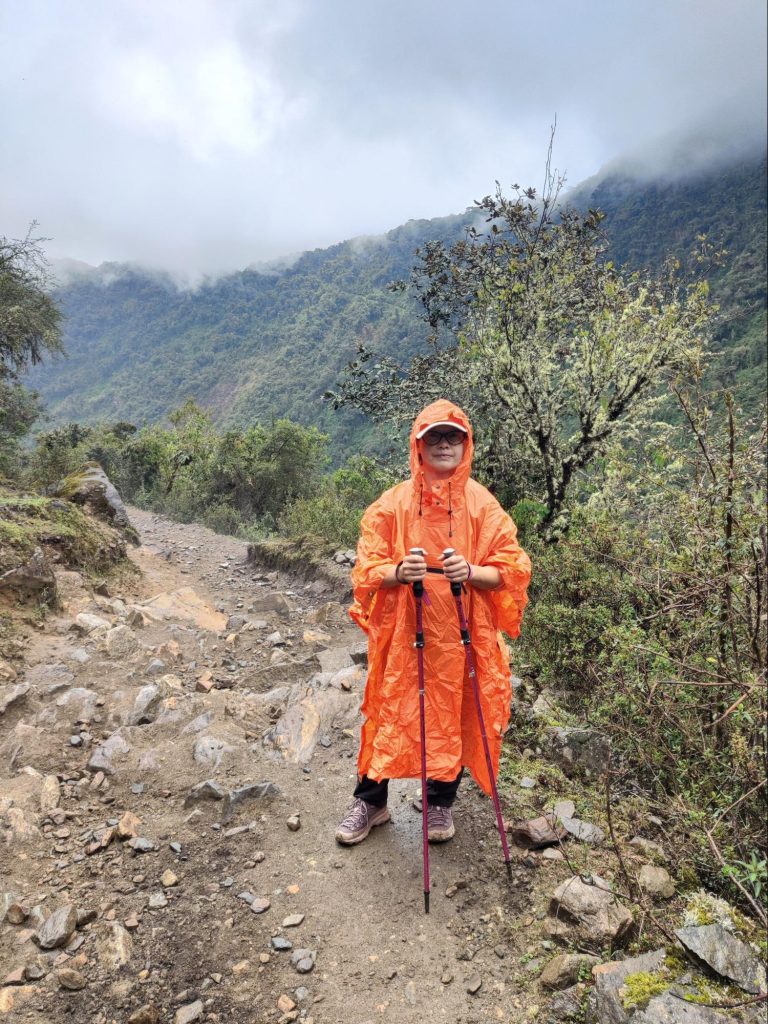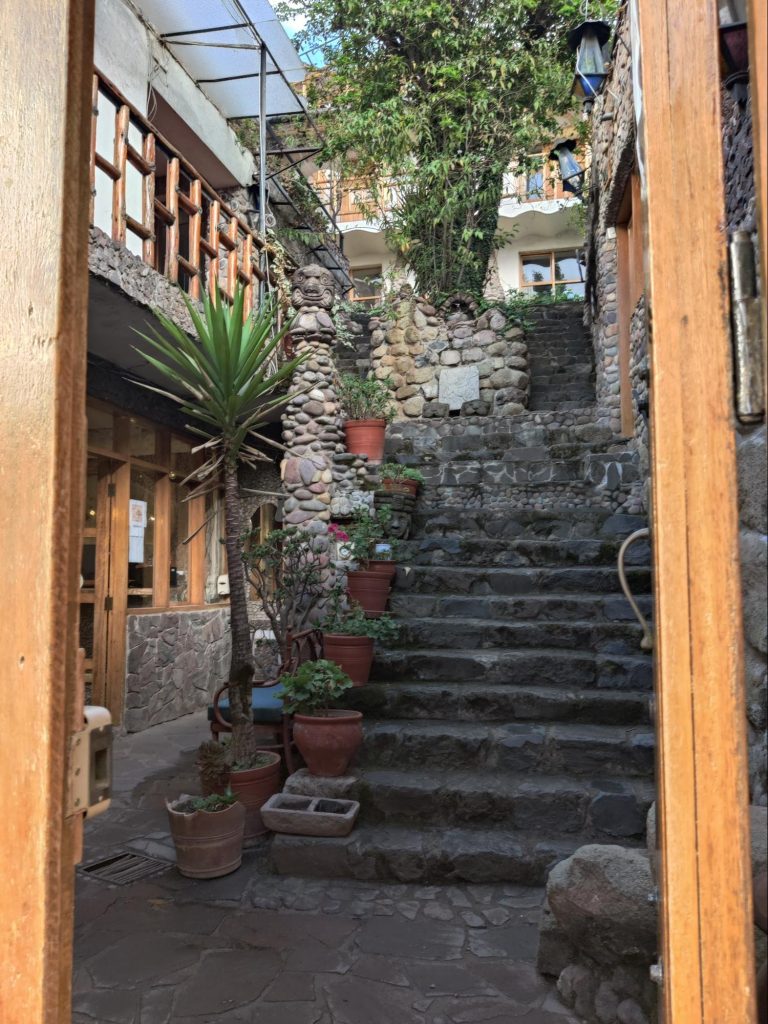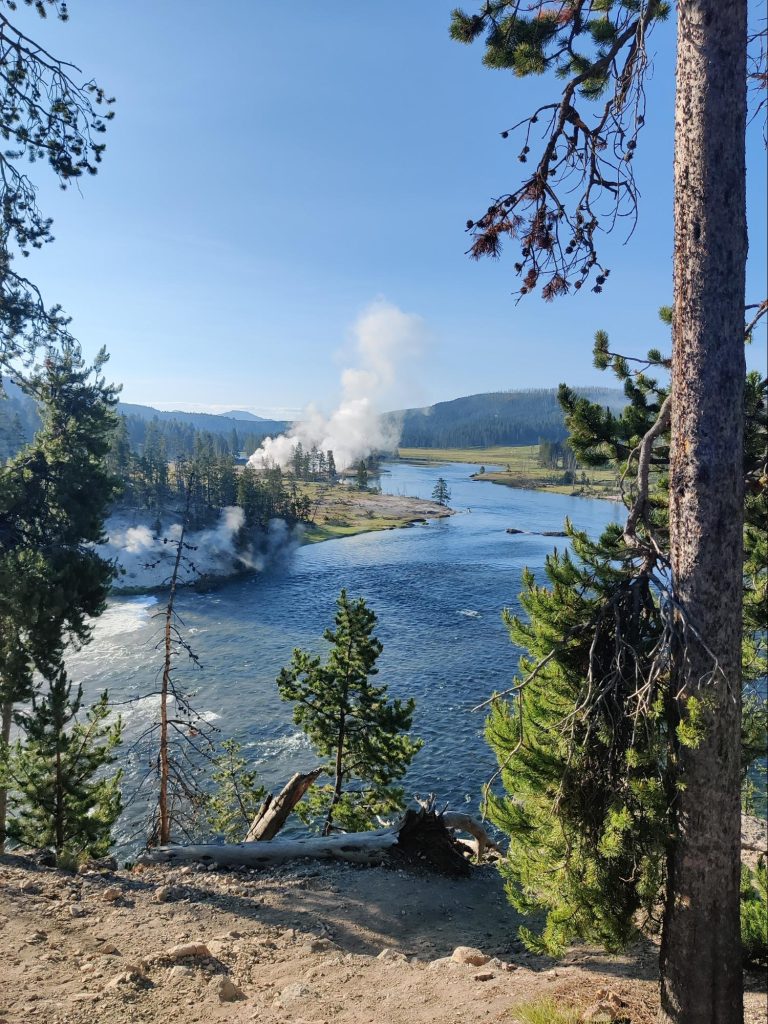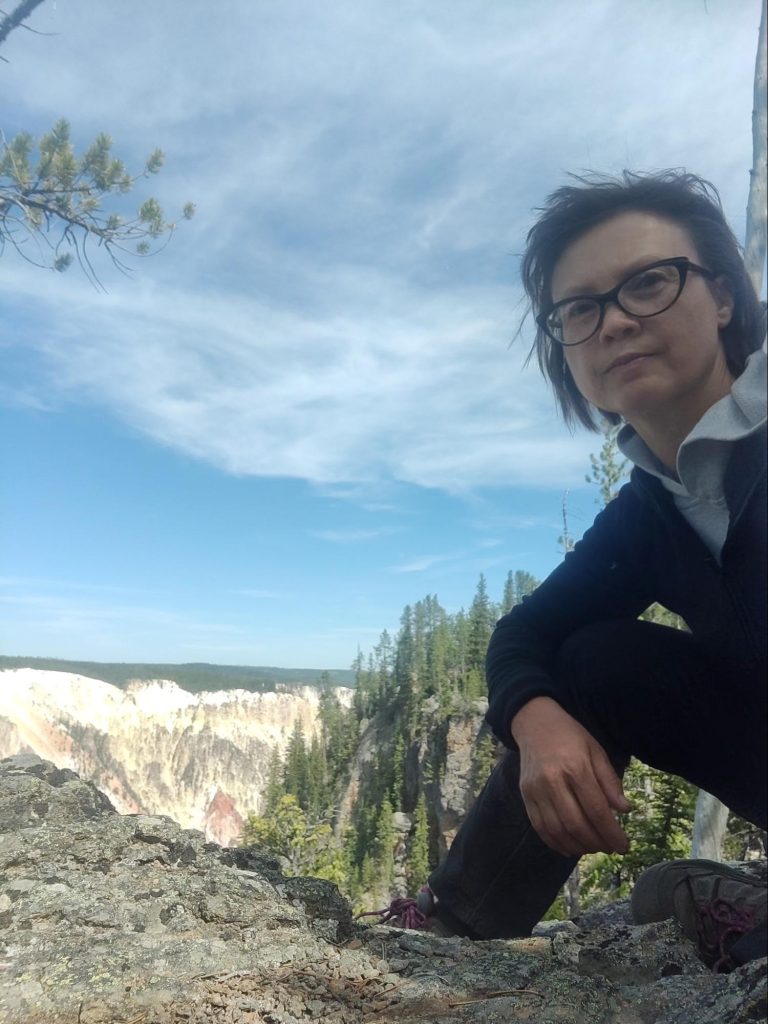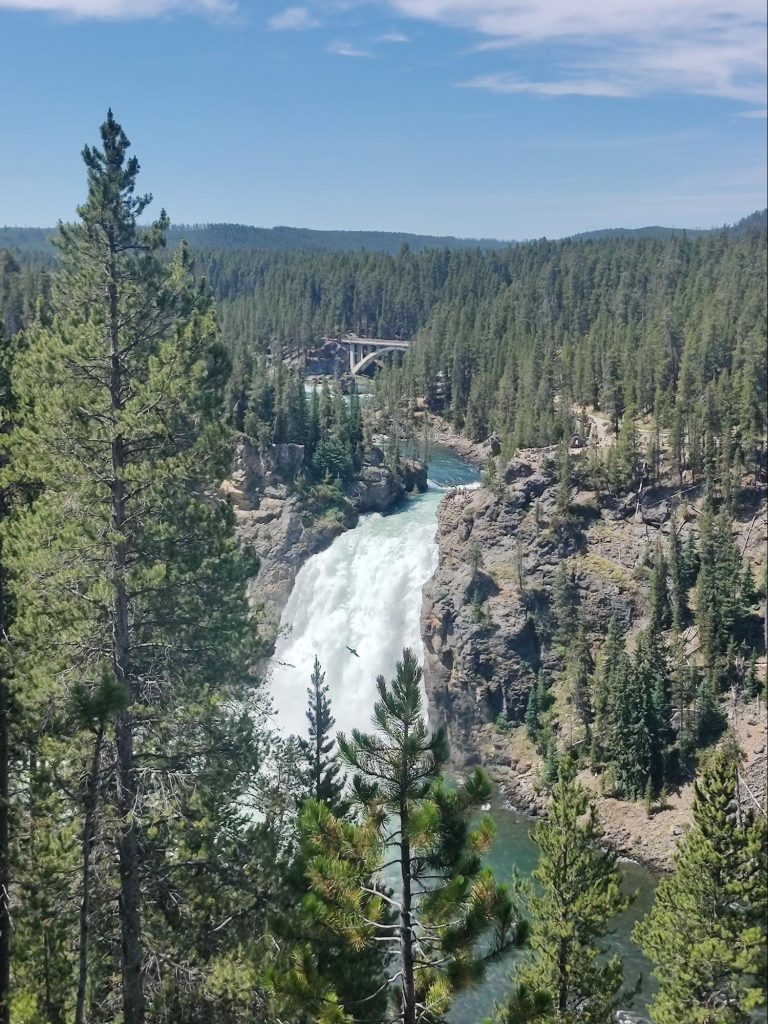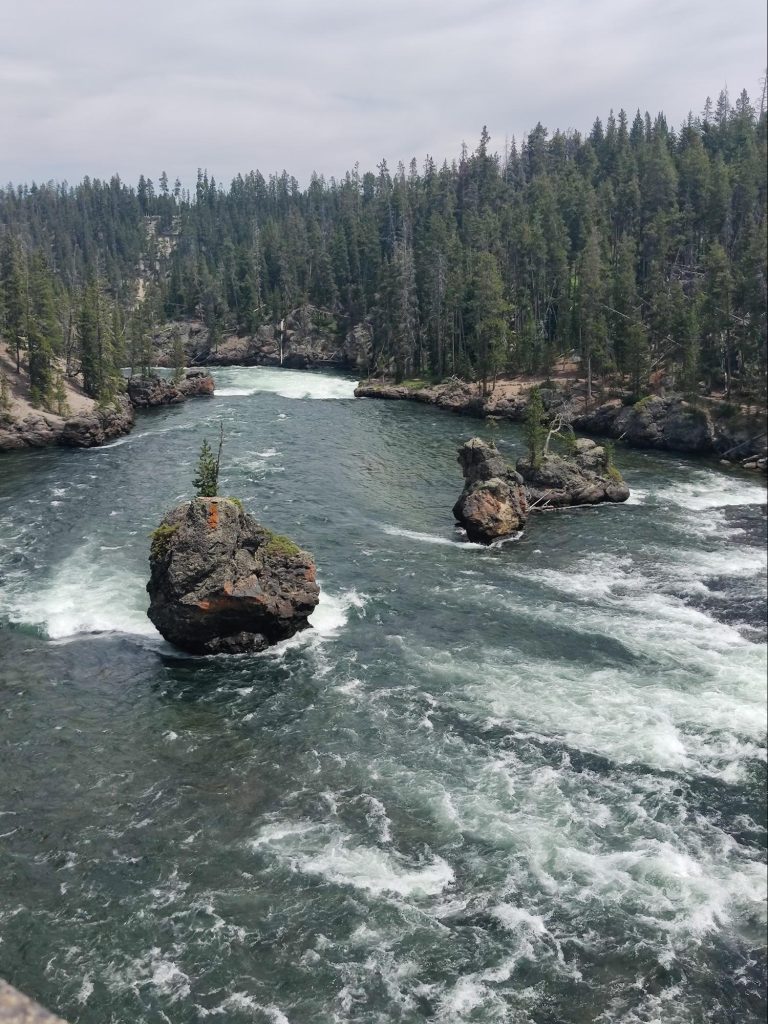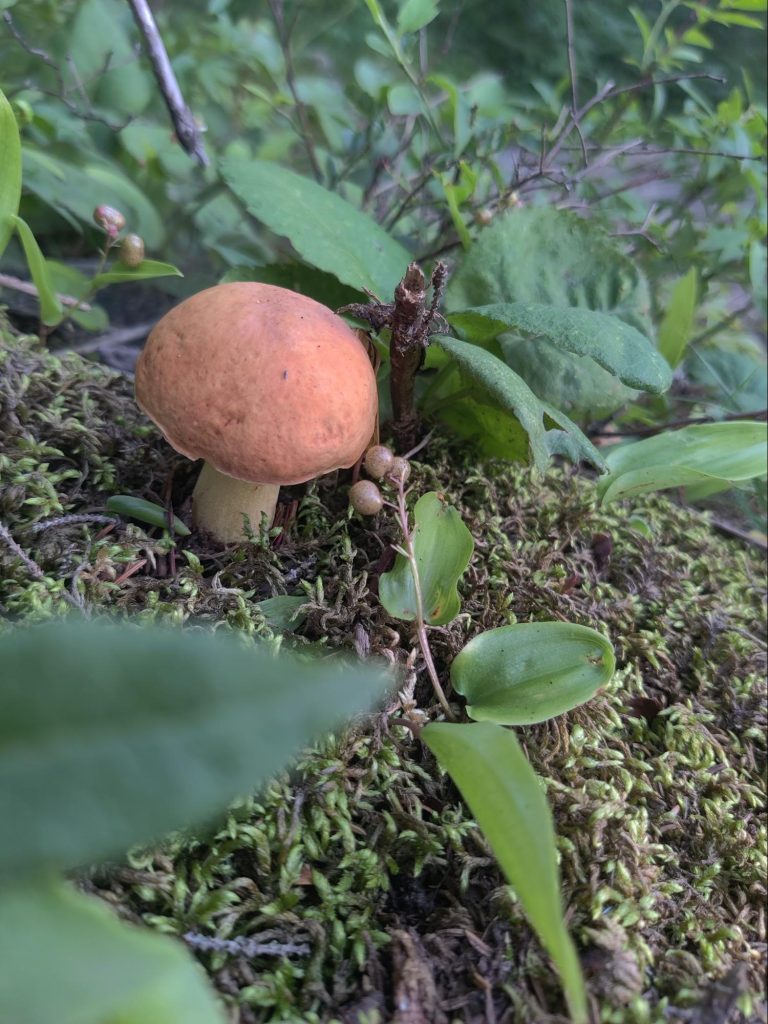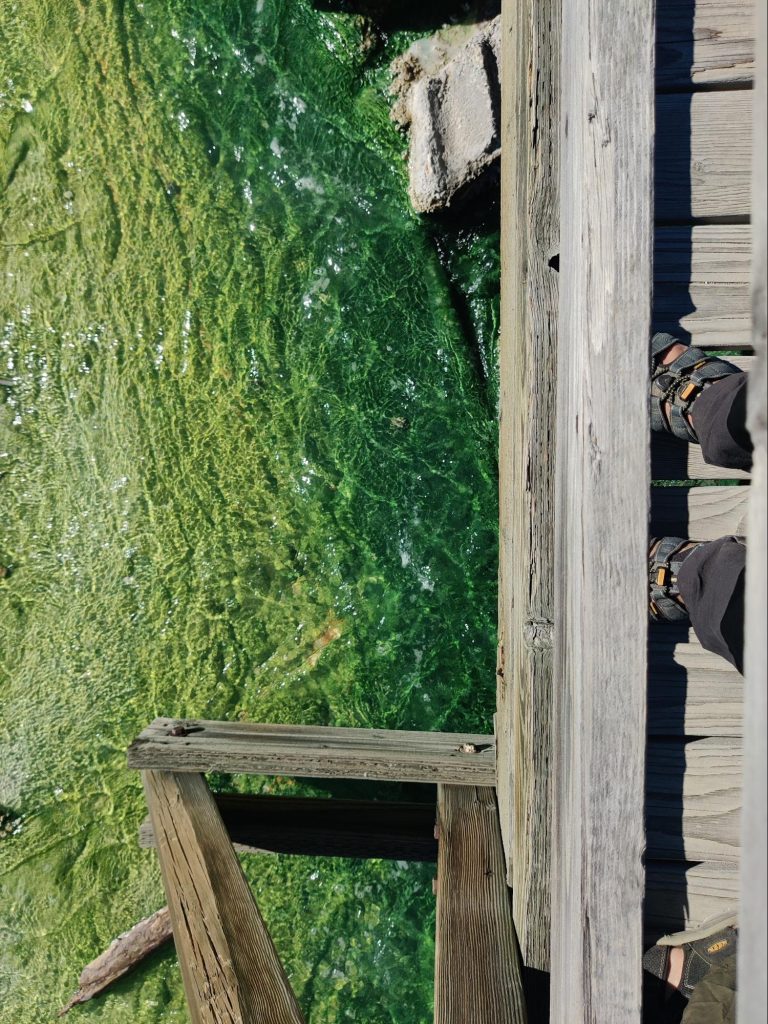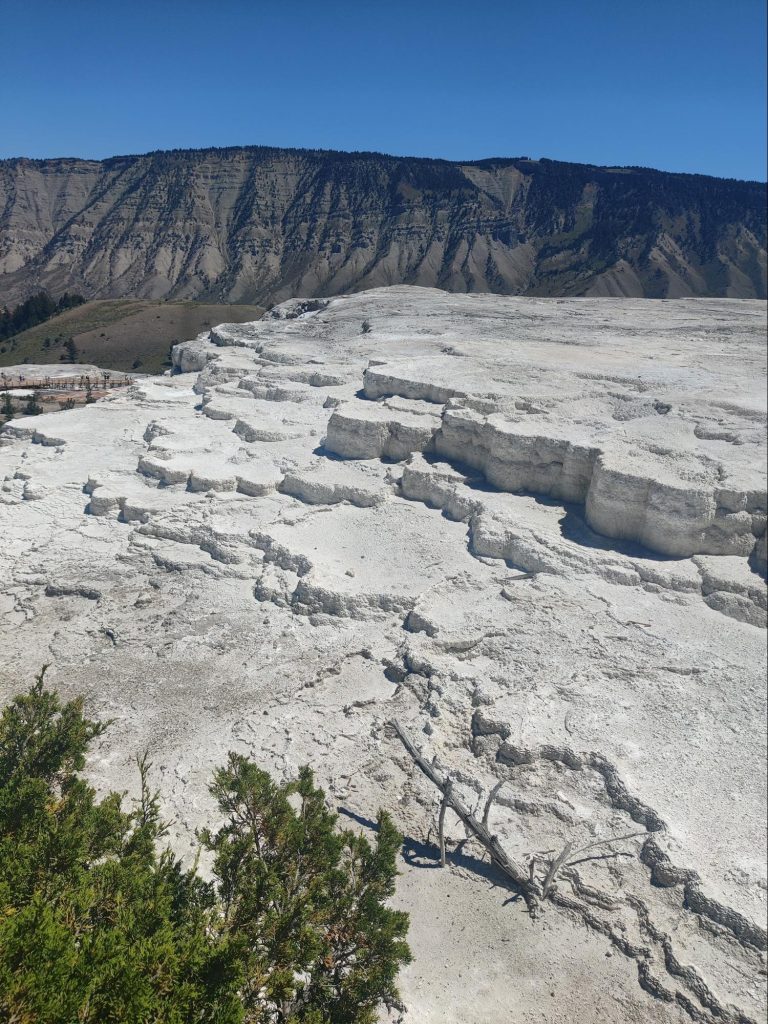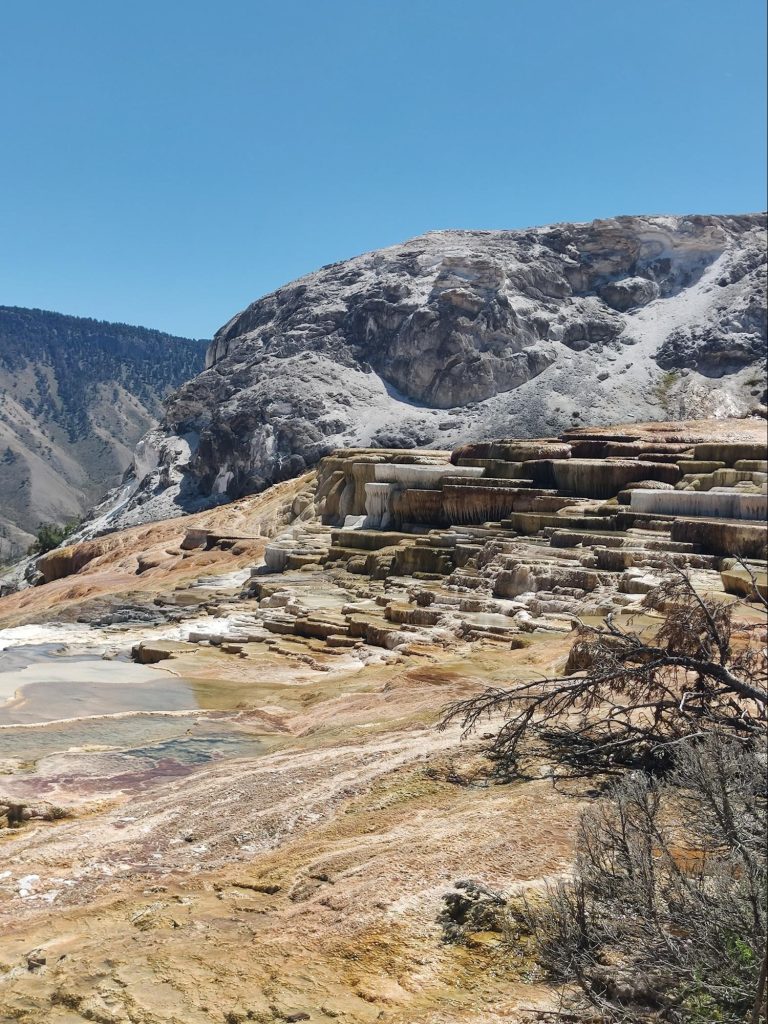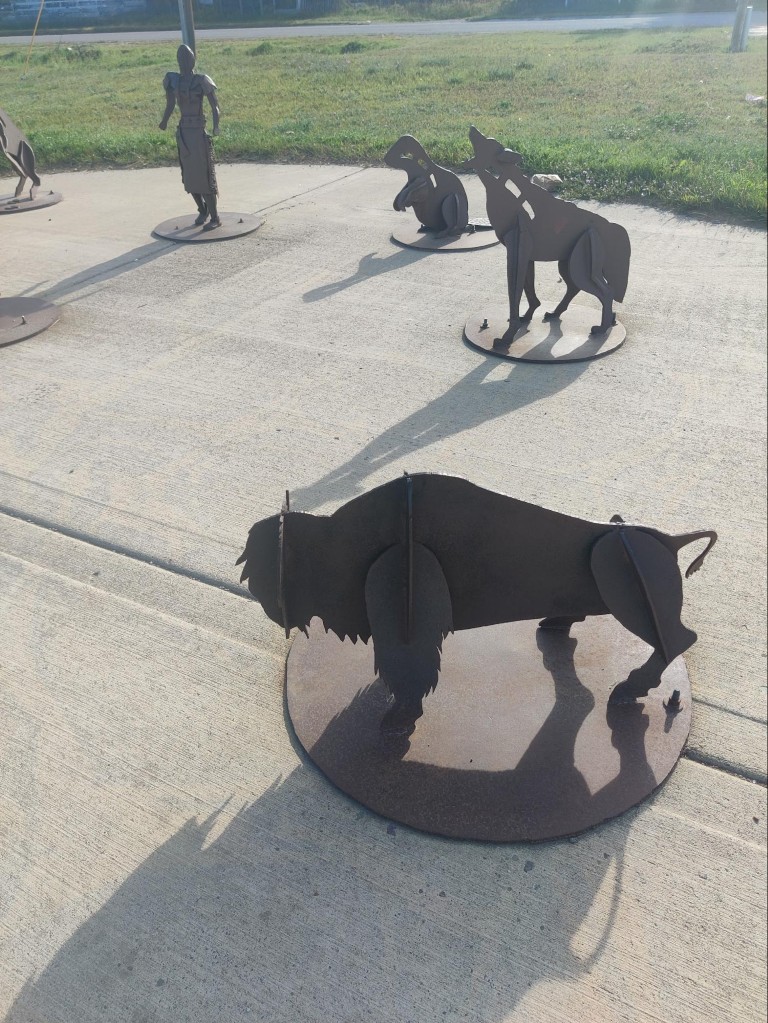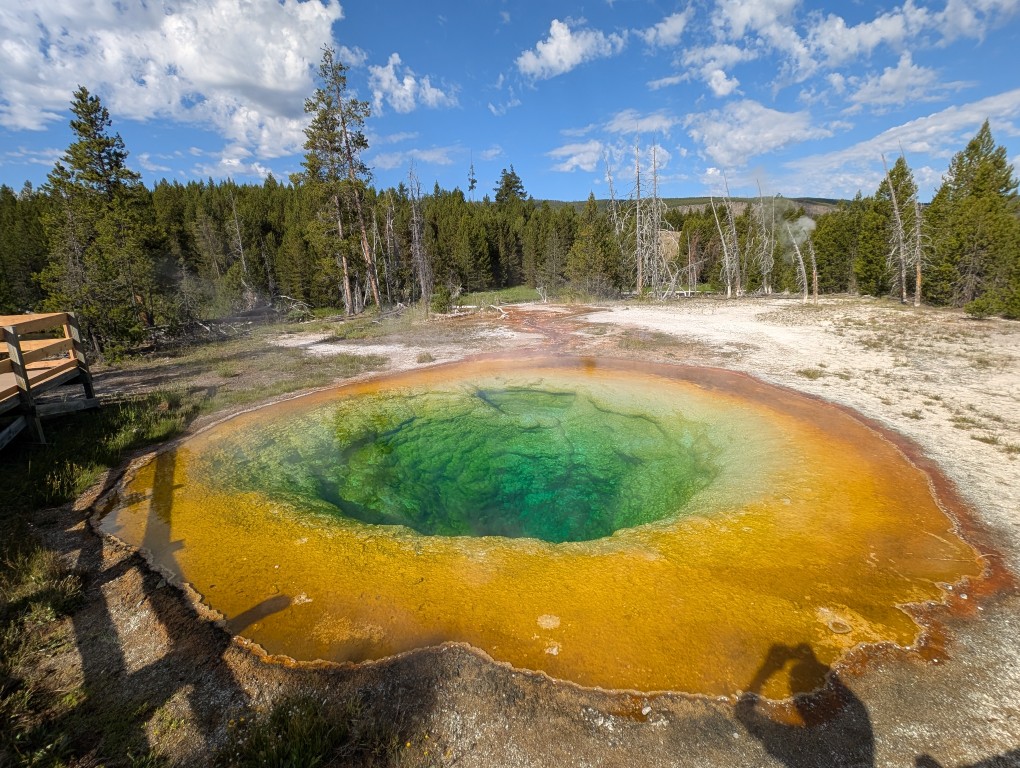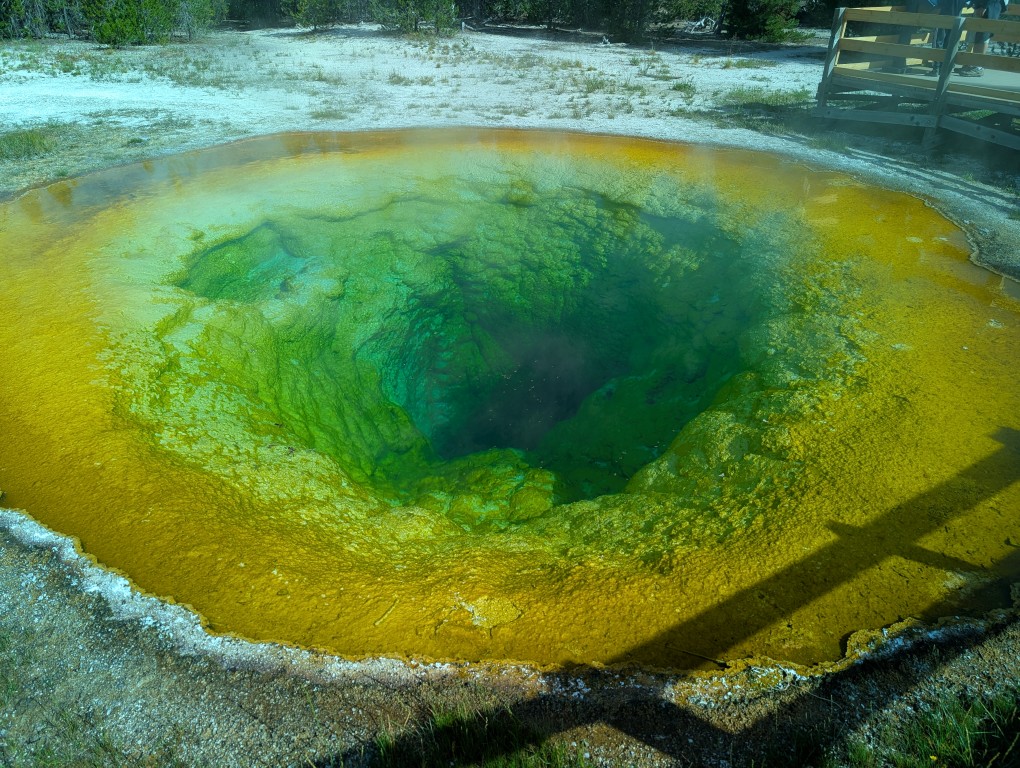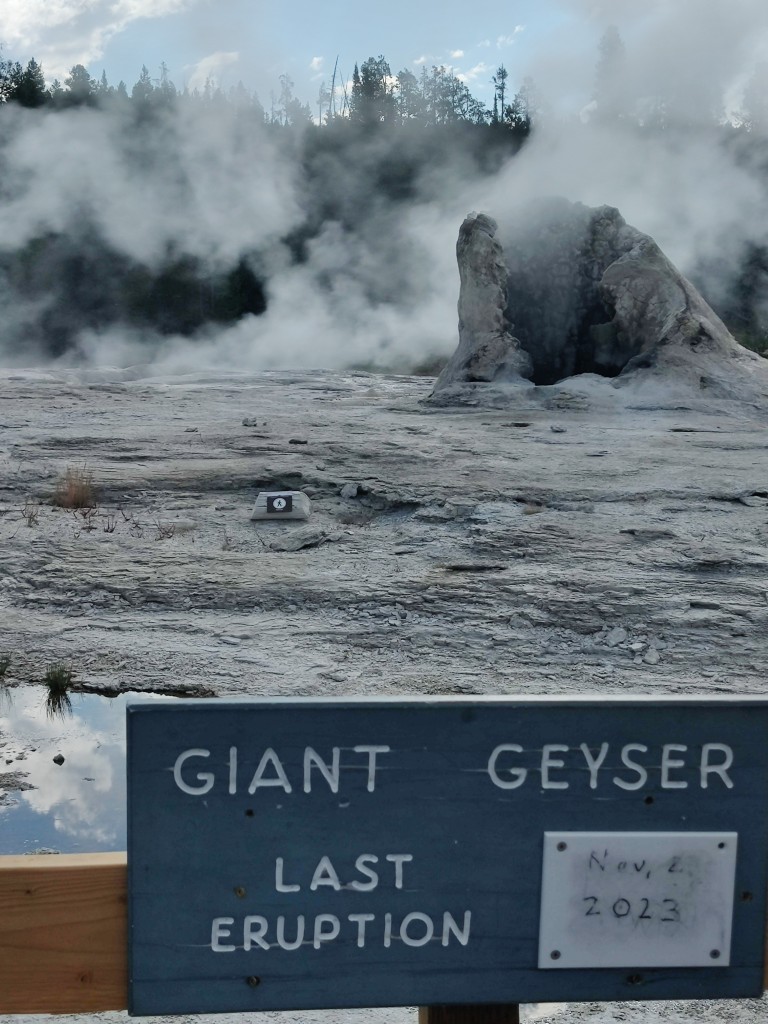Сейчас девять утра и тропический ливень в Куиллабамбе. Окна открыты и я слышала сквозь сон, как полночи лил сильный дождь и где-то громыхал гром. На этот раз погода не захотела кооперироваться с нашими планами, поэтому приходится сидеть в номере гостиницы и ждать когда закончится ливень.
Накануне мы приехали в этот тропический город через живописный перевал Абра Малага.
Климатические зоны промелькнули перед лобовым стеклом машины, как в кино. Если в Оянтатамбе было + 15 на момент отъезда, то на самой высокой точке перевала только +6. А когда по крутым серпантинам мы спустились вниз, по другую сторону гор, там оказалось +34.
Кроме непривычной для нас осенней (или весенней, если учитывать, что в Перу весна) температуры, ничего выдающегося в городе Куиллабамба мы не нашли, хотя он достаточно большой и жизнь в нем кипит. Кипеж, в основном, вызывают маленькие машинки Тук-тук.
Они, хоть и медленные, но при этом очень суетливые: снуют под носом, неожиданно меняют полосу, так и ожидаешь от них какого-нибудь подвоха.
Мы нашли в Куиллабамбе только парочку симпатичных скверов, утопающих в тропических цветах, и ничего более.
Двери всяческих заведений везде раскрыты нараспашку, будь то стоматологический кабинет, ресторанчик, магазин, банк, больница, парикмахерская или аптека. Кондиционеров, понятно, нет.
Тогда почему мы здесь? Это место стоит в стороне от маршрутов экскурсионных автобусов. Все дело в том, что в окрестностях находится много красивых водопадов в обрамлении пышной тропической растительности.
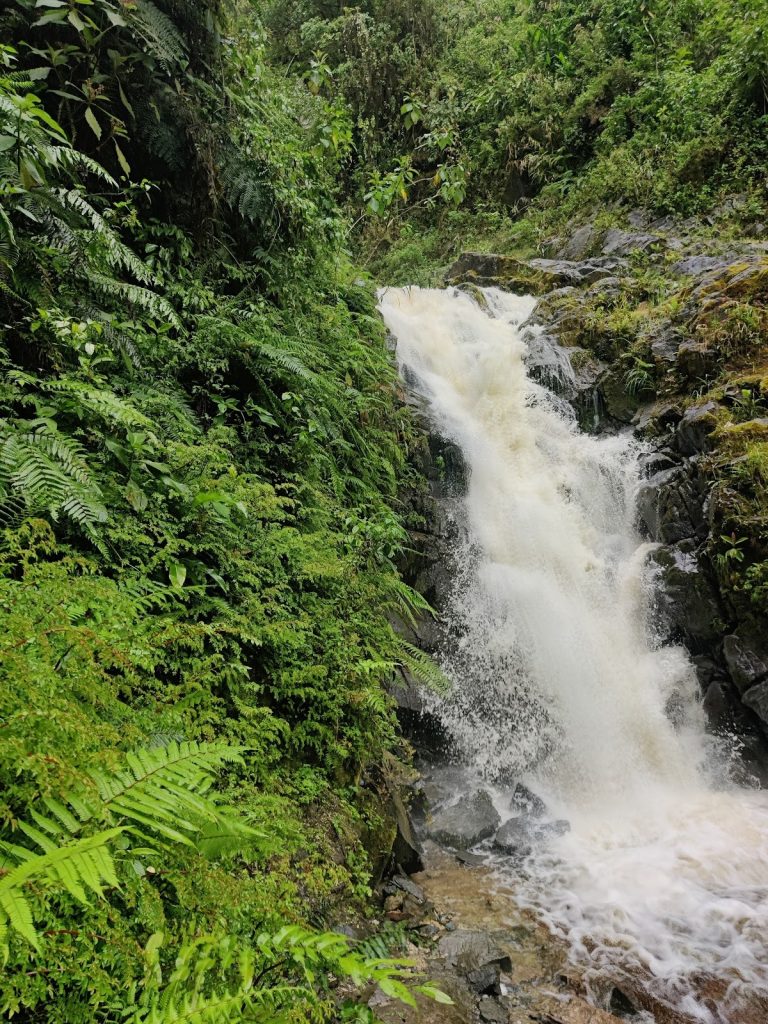
Наверное скоро большие туристические автобусы доберутся и сюда, потому, что когда мы приехали к водопаду, обнаружили, что проводятся активные работы по благоустройству тропы. Уже вымощен плитняком участок пути, возведены обзорные площадки и павильоны для отдыха. На будущей парковке лежат горы щебенки. Группа строителей таскает на своем горбу мешки с цементом вверх.
Нам повезло, когда мы поднялись к водопаду, других посетителей не было, только строители, да и те быстро ушли за новой партией цемента. Для купания в водопаде были взяты соответствующие принадлежности, но они не пригодились. Струи воды оказались настолько мощными, что мы сразу приняли душ из мелких брызг и немедленно промокли с головы до ног. Ещё со стороны было видно, насколько огромен этот водопад!
Часть его скрывала пышная зелень, но три больших уступа с бурно текущими водами были явно видны у подножия горы, со стороны цитрусовой фермы. Долго находиться близ водопада было совершенно невозможно и мы, мокрые насквозь, повернули обратно.
Если утром был дождь, то ближе к полудню стало проясняться и наша одежда почти высохла ещё до того, как мы вернулись к машине.
Поскольку на обратном пути распогодилось, появилась возможность увидеть ещё один водопад. Мы не заметили его раньше оттого, что все вокруг было затянуто облаками и туманами и находился он в некотором отдалении. К тому же мы сконцентрировались на непростом процессе езды по местным дорогам, которые сначала были ещё ничего, а потом превратились в сплошные ямы и колдобины с лужами вперемежку.
Такого огромного водопада я ещё никогда не видела!
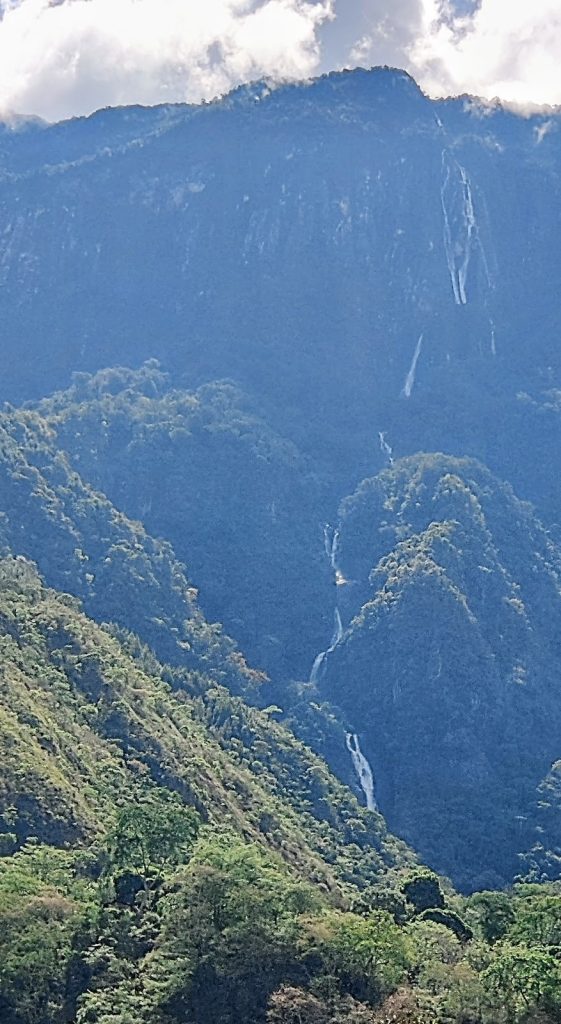
Похоже источник бил с самой вершины горы. Разбиваясь о скалы, вода падала с немыслимой высоты, пробивая себе путь сквозь джунгли к реке Урубамбе. Четко мы могли видеть лишь нижнюю часть водопада, а все, что было вверху, терялось в голубой дымке.
Следующим пунктом нашего путешествия должен был стать ресторан, где вкусно готовят рыбу. Гугл уверял нас, что он открыт.
Но мы то ведь уже тёртые калачи и знаем, что это не может быть абсолютно точной информацией. У ресторана не было никаких признаков жизни, и только две собаки облаяли нас, голодных. Поехали дальше. И, совсем недалеко, на берегу все той же Урубамбы, мы нашли прелестное местечко, райский уголок, где нам обещали жареную рыбу пако с гарниром из местных овощей. В этом чудесном садике никого не было, только лениво подметала пол девочка-подросток. Увидев нас, она позвала мать. Вероятно, когда туристический сезон уходит на спад, ресторанчики тоже перестают функционировать. Но нас все же согласились накормить. В ожидании обеда мы развлекались тем, что пытались сфотографировать большую бабочку. Каждое ее крылышко было с мою ладонь величиной, ярко голубого цвета с перламутровым отливом. А она, непоседа, все вилась около пальмы и ни за что не хотела присесть.
За скромную цену мы роскошно пообедали в придорожном ресторане и остались очень довольны. На гарнир к рыбе нам подали жареный плантейн и местную сладковатую картошку.
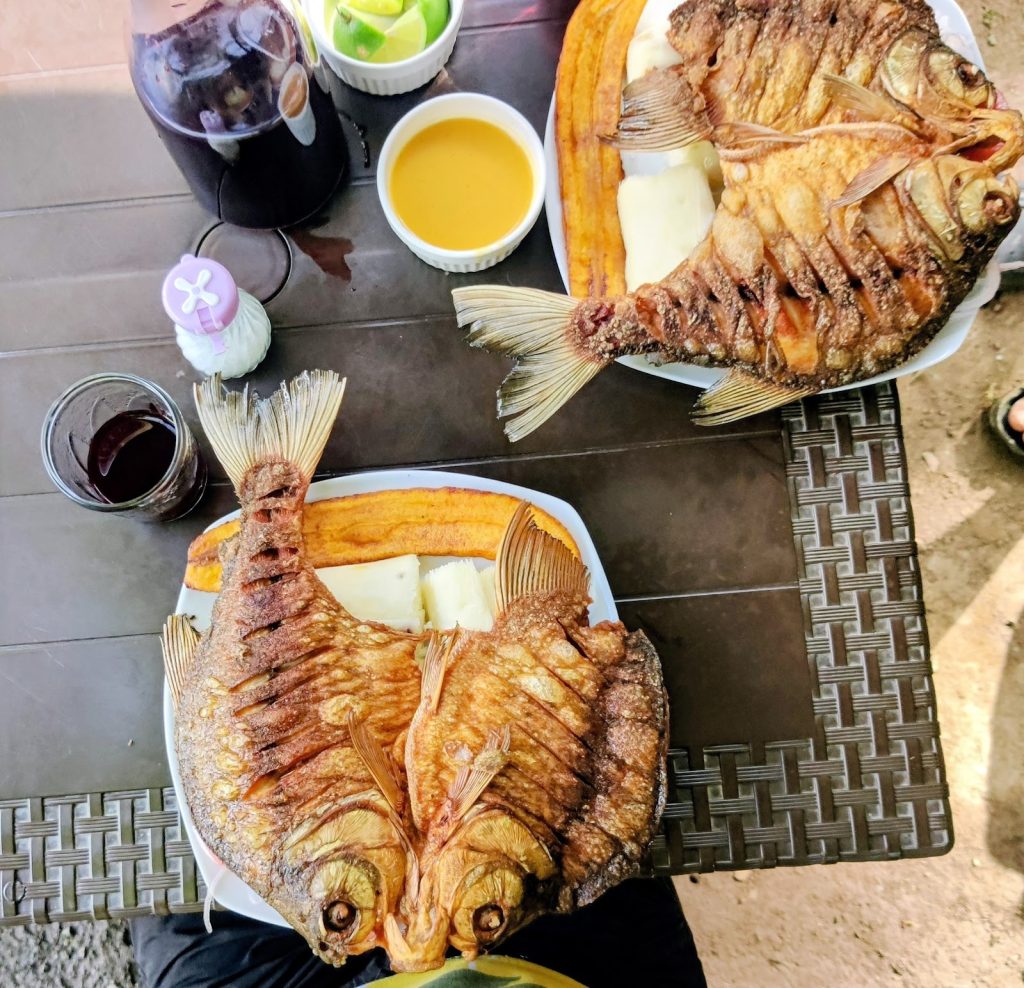
Там же мы первый раз попробовали чичу — популярный в Перу напиток из фиолетовой кукурузы. В нем небольшое, как в квасе, количество алкоголя и приятный, чуть сладковатый вкус.
Потом был ещё один водопад, маленький и благоустроенный.
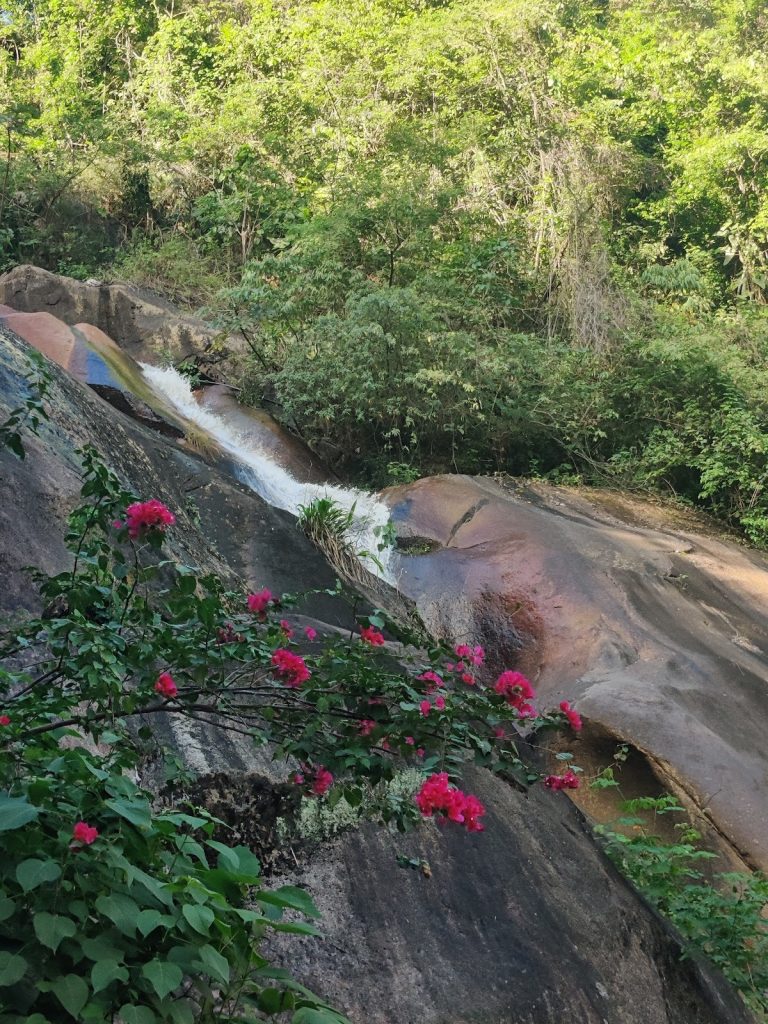
Этакая тропическая зона отдыха: тут тебе и бугенвиллия над струёй, и гамачки в зарослях бамбука, и прохладительные напитки, и скамеечки под сенью эвкалиптов. Ну, мы, конечно, не отказали себе в удовольствии, посидели и полежали под сенью дерев, сняли несколько фото и поехали в отель.
Этот отель — он как маленький островок привычной нам жизни. Чистый номер, хороший сервис, приглушенная музыка, садик с бассейном. А вокруг совершенно другая жизнь. Здесь особенно остро чувствуется, что Перу — страна третьего мира. На первом этаже почти каждого дома много маленьких тесных, магазинчиков с ширпотребом, тесно лежащим на полках и на полу. Громкая латино-американская музыка вырывается из каждого подобного заведения. И если ритм ещё как-то синхронизируется, то из мелодий и слов получается сущая какофония. Шум большого города растворяется в выхлопных газах старых автомобилей. Но люди и собаки дружелюбны.
Утром, после завтрака, мы собрались и поехали в обратный путь, снова через перевал Абра Малага.
Снова виражи и повороты, роскошные виды. Едем уже более уверенно, ибо знаем, чего ожидать. На самой высокой точке замечаем приземистое кафе и останавливаемся, чтобы выпить по чашечке кофе.
Кофе оказался отличным! И мы задержались в этом месте даже чуть дольше, чем хотели, устроив фотосессию в шляпах и пончо. Наверное многие путники благодарны владельцу кафе за это гостеприимное пристанище на холодном и ветреном перевале.

